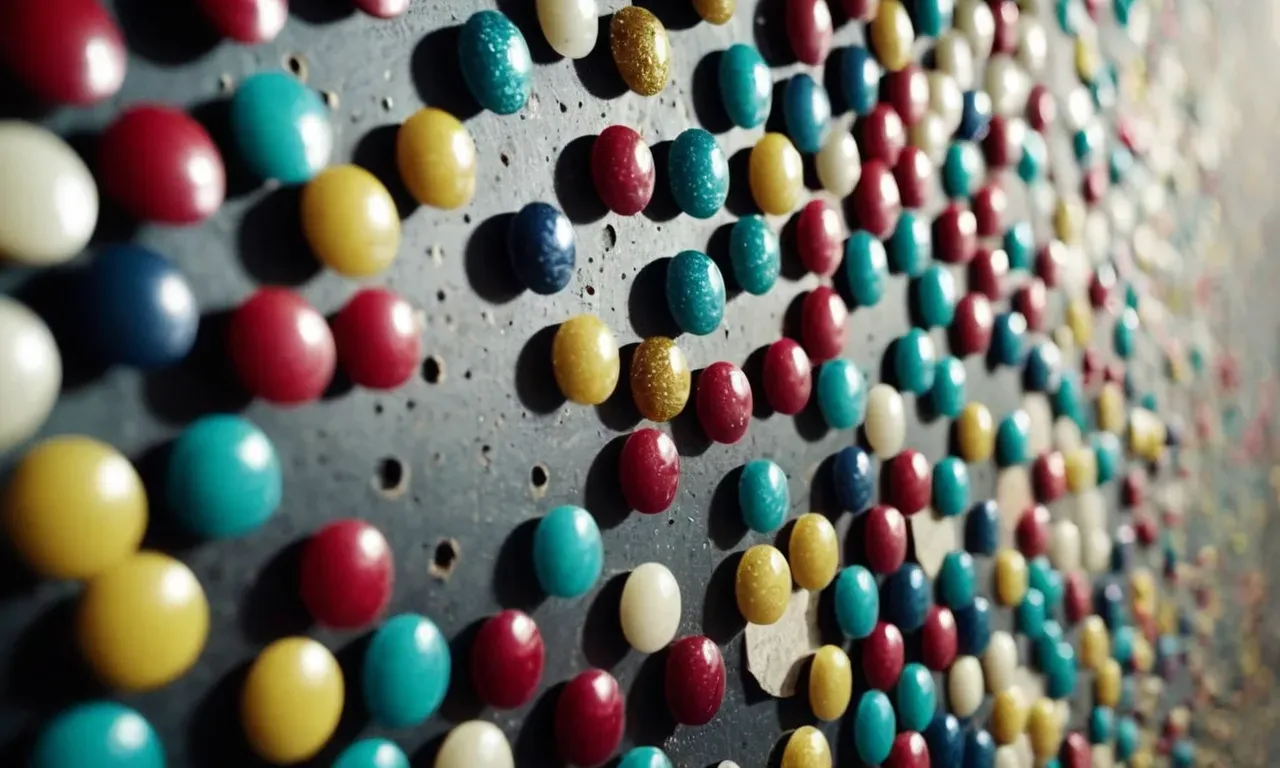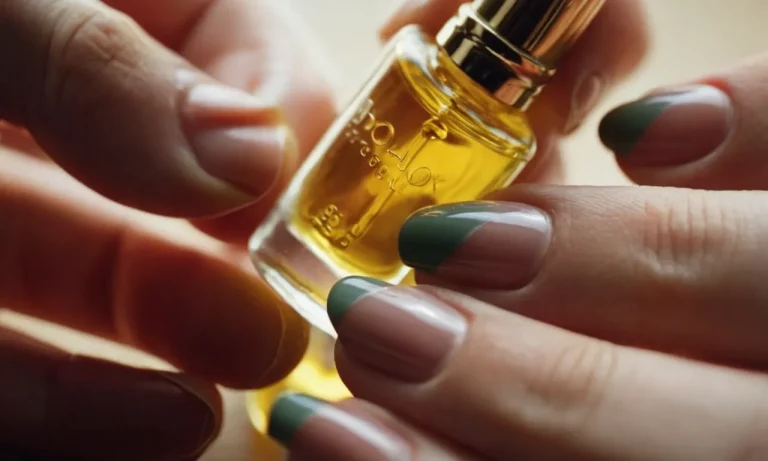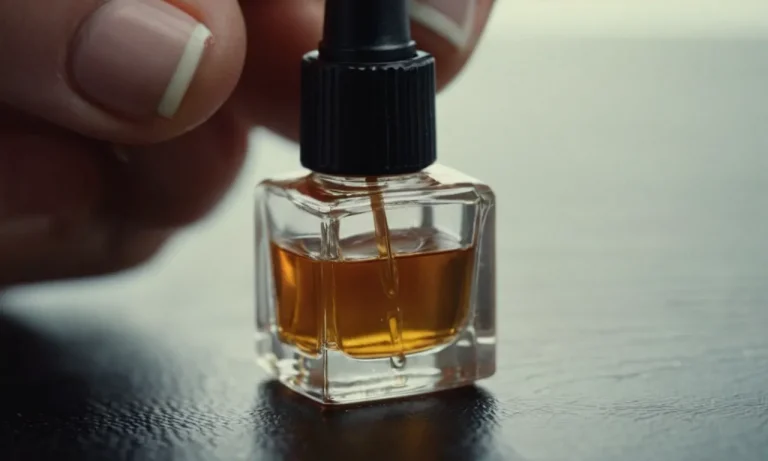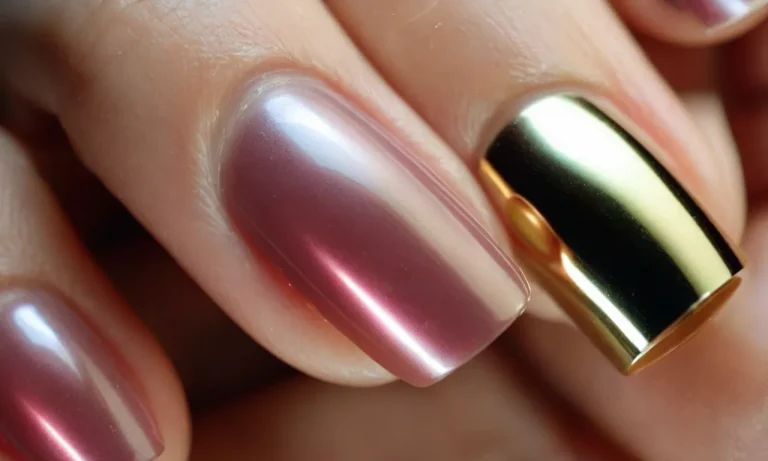How Many Nail Pops Are Normal? A Detailed Look At This Common Wall Issue
If you’ve noticed small bumps forming on your walls and ceilings, you’re not alone. Nail pops, as they’re called, are a common issue in many homes. But at what point should you start to worry? How many nail pops are considered normal, and when is it time to call in a pro?
If you’re short on time, here’s a quick answer to your question: Generally, a few small nail pops scattered across a room are nothing to worry about. But if you have several on each wall or any larger than a dime, it likely indicates a bigger underlying problem that should be inspected.
In this comprehensive guide, we’ll dive into everything you need to know about nail pops. We’ll discuss what causes them, how many are normal, when you need to take action, and how to repair nail pops so you can get your walls looking smooth again.
What Are Nail Pops and What Causes Them?
Definition of a Nail Pop
A nail pop is a small protrusion in drywall or plaster walls and ceilings that is caused when a nail or screw underneath pushes through. Nail pops look like small bumps or bubbles on the wall surface and range in size from a pinhead to about a quarter.
They are a common issue in homes and can happen for various reasons.
Nail pops occur when the nail or screw underneath the drywall surface works its way out slightly over time. As the fastener pushes up against the wall material, it causes the paper surface to tent or bubble out. The protrusion may start small but can grow larger over time if not repaired.
While a few minor nail pops scattered across walls and ceilings are generally normal, a large number of them or pops that are rapidly enlarging likely indicate a more serious underlying issue that needs attention. Catching and fixing nail pops early is important to prevent further damage.
Main Causes of Nail Pops
There are several common root causes of drywall nail pops:
- Natural expansion and contraction of materials – As wood framing absorbs and loses moisture, it naturally expands and shrinks slightly. This cyclic movement can gradually push nails up and out of the wood, causing drywall pops. Changes in temperature and humidity levels can worsen the issue.
- Settling of the house – All homes settle and shift over time, which can loosen nail fasteners and connections. The repetitive forces of people walking around and doors slamming can further aggravate this issue.
- Improper nailing – Nails that are driven in crooked, bent, or spaced too far apart are more prone to loosening and allowing pops.
- Heavy picture frames or shelving – Heavy objects on walls put outward pressure on fasteners, increasing chances of nail pops occurring.
- Faulty drywall installation – Drywall that is hung improperly or not fastened tightly enough can more easily bubble and tent.
- Excessive moisture – High humidity, leaks, condensation, and water damage can make drywall swell, warp, and push out nails.
Nail pops tend to be most common in newer homes as the house goes through initial settling and drying out in the first few years. However, they can happen in homes of any age. Keeping an eye out for them and fixing them promptly is key for preventing bigger problems.
How Many Nail Pops Are Considered Normal?
When it comes to nail pops in drywall, there is no definitive answer for how many is considered “normal.” However, most experts agree that some nail pops are to be expected in any home.
What the Experts Say
According to home inspectors and contractors, seeing a few nail pops on walls and ceilings is very common. In fact, it’s rare to find a home with absolutely no nail pops at all. Many say that 5-10 nail pops per room could be considered a normal amount.
Some key insights from professionals in the field:
- Home inspectors often advise that up to 10 nail pops per room is not a major cause for concern.
- Contractors explain that some nail popping is inevitable as a house settles over time. Seeing a few is generally nothing to worry about.
- Builders say that while you can minimize nail pops at construction using techniques like gluing and screwing drywall, some will likely appear eventually as the home ages.
The consensus is that a few nail pops here and there are a fact of life with drywall and do not necessarily indicate any serious underlying problems in most cases.
Factors That Affect How Many Are Normal
While up to about 10 nail pops per room may be considered normal, the ideal number can vary based on several factors:
- Age of the home – More pops are expected in older homes as they settle over decades vs. a new construction.
- Quality of construction – Poor drywall installation or framing techniques can cause more frequent popping.
- Type of drywall used – Standard drywall is more prone to popping vs. moisture-resistant drywall.
- Climate conditions – Frequent humidity changes can contribute to more pops appearing.
In general, a higher number of nail pops could indicate potential problems in newer homes, while older homes may simply be showing signs of aging.
Ultimately, it’s impossible to give a single magic number for how many pops are “acceptable.” It depends on your specific home. If you see significantly more than 10 per room, it may be worth investigating further.
When to Worry About Nail Pops
Nail pops are a common issue in homes, but not all nail pops require immediate attention. Minor nail pops may be more of an eyesore than a serious problem. However, there are certain signs that indicate underlying issues that should be addressed right away.
It’s also generally wise to call in a professional when you notice extensive nail popping.
Signs That Indicate a Serious Issue
Here are some key signs that your nail pops may stem from a serious underlying problem:
- The nail heads are detaching from the drywall – This shows the nails are actually being pulled out from the stud, indicating a structural concern.
- There are very large nail pops (over 1 inch) – Large pops likely mean something is causing the stud to move and should be inspected.
- You notice cracks around corners or ceilings – Cracks signal foundation or structural issues that nails popping can accompany.
- Doors and windows stick or don’t open properly – This points to foundation problems causing house settling and nail pops.
If you notice any of the above, make sure to call a structural engineer, foundation repair company, or home inspector. The issue causing extensive nail pops needs to be identified and remedied first before simply pushing the nails back in and spackling.
Reasons to Call a Professional
Even if you don’t see the above alarming signs, you should still consider calling a handyman or drywall contractor if:
- There are more than 10-20 nail pops in a single room
- The nail heads have fallen off and you can’t press them back in
- The drywall is damaged, crunchy, or soft around the popped nails
- You try pushing in and spackling nails, but they keep reappearing
Attempting DIY nail pop repairs on expansive issues rarely works. Professionals have the tools and techniques to drive nails properly into studs and secure drywall so it stays fixed. They can also identify if there’s an underlying problem causing chronic nail popping.
| Homeowners should fix | Call professional for |
| 1-5 minor pops per room | Foundation cracks |
| Loose nails they can push in | Doors/windows sticking |
| Damaged drywall around nails | Multiple rooms with 10+ pops |
| Reappearing nail pops | Very large nail heads detached |
Don’t ignore extensive nail pops. Addressing them quickly prevents further drywall damage and potential underlying issues from worsening. For minor pops, DIY methods may work. But it’s smart to call in a professional if you’re unsure of the cause or nails keep popping out.
How to Fix Nail Pops
DIY Repair vs Professional Repair
When those annoying nail pops appear in your walls, you have two options – DIY repair or calling in a professional. DIY repair is often cheaper and faster, but requires some skill. Professionals have the expertise to do it right, but cost more. Consider these factors when deciding:
- Number of nail pops – A few minor pops can be DIY, but extensive damage may need a pro.
- Skill level – If you’re handy and have repaired drywall before, DIY is feasible. Otherwise, call a pro.
- Time commitment – DIY takes time – do you have enough to spare? Pros can complete quickly.
- Budget – Professionals charge $200-500. DIY only costs $30-60 in materials.
- Quality – Pros result in higher quality repairs less noticeable to guests.
Step-by-Step Guide to Fixing Minor Nail Pops
Here’s how to fix a few minor nail pops yourself:
- Prep the area – Remove any trim or molding and sand the edges of the pop to taper them.
- Apply joint compound – Fill the hole fully with lightweight spackle or joint compound.
- Let dry and sand – Give it time to dry completely, then sand until smooth.
- Prime and paint – Prime the patch, then repaint with two coats of paint to blend.
- Add texture if needed – Match the wall texture by tapping drywall mud with a brush.
- Seal and finish – Caulk perimeter edges for a seamless look.
Be patient during this process and take your time to ensure quality results. With a little handywork, those nail pops can disappear!
Long-Term Solutions for Preventing Nail Pops
To prevent future nail pops, consider these proactive solutions:
- Proper fastening during drywall installation – Nails should hit the center of studs without overdriving.
- Adhesive and construction techniques – Construction adhesive holds drywall tightly.
- Drywall type – Specialty drywall like mold-resistant and paperless drywall resist popping.
- Maintain humidity – Keep humidity between 30-50% to minimize wood movement.
- Ventilation – Improve attic ventilation to reduce temperature changes.
- Renail pops – Secure loose nails with longer screws into the stud.
With good installation practices and home maintenance, you can avoid excessive nail pops. But a few may still occur due to normal expansion and contraction in wood-frame homes.
Frequently Asked Questions About Nail Pops
How long do nail pops take to appear?
Nail pops can appear anytime from right after construction or remodeling to several years later. The nails or screws holding the drywall can work loose over time as the wood framing naturally shrinks and expands with changes in humidity and temperature.
This causes the drywall to bulge out around the fastener. On average, nail pops tend to show up within the first two years after construction.
Do nail pops mean foundation issues?
Not necessarily. Small numbers of nail pops are common in most homes and rarely indicate any structural problems. However, if you see a large number of nail pops appearing suddenly or concentrated in one area, it could point to foundation settling.
Have a structural engineer inspect to determine if foundation repairs are needed.
Should nail pops be cause for concern when buying a house?
A few random nail pops are nothing to worry about. But more than 10-15 on a single wall or several rooms could signal a moisture problem or settling foundation. Consider asking the sellers to repair significant numbers of nail pops before closing, as fixing them after moving in can be tedious.
Also request records of any foundation repairs done previously.
What’s the easiest way to fix a nail pop?
For small pops, an easy DIY method is to reset the drywall nail or screw by gently tapping it back into place with a hammer and putty knife. Apply drywall joint compound over the spot and sand smooth when dried.
For larger protruding nails, cut away the bulged drywall first before hammering the nail back in place and spackling.
Conclusion
Nail pops are an annoying but common occurrence in many homes. A few minor nail pops scattered across a room are usually not a major cause for alarm. But once you start seeing several per wall or large pops over a dime in size, it’s best to call in a professional to inspect for underlying problems.
With some simple DIY repairs for minor pops and preventative measures, you can keep your walls smooth and avoid further damage. But don’t ignore significant nail pop issues, as they could indicate foundation or framing problems. Addressing them promptly will save you bigger headaches down the road.







